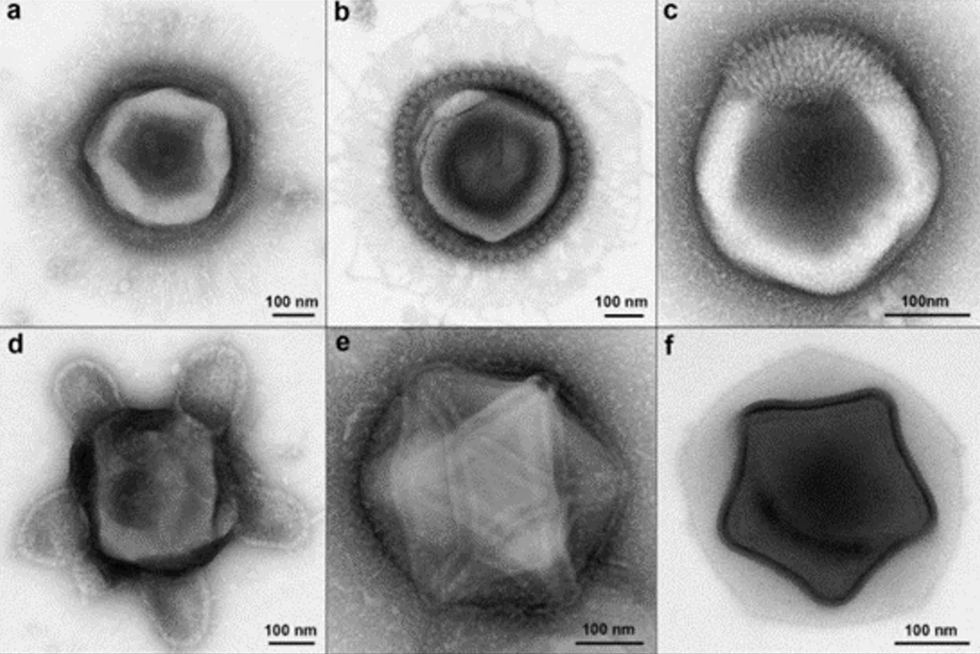[ad_1]
Back in 2018, scientists from the University of Massachusetts Amherst and the Department of Energy’s Joint Genome Institute (JGI) made an unexpected discovery in Harvard Forest—a roughly six-square-mile area west of Boston. While trying to understand how microbes reacted to warming soil due to climate change, the researchers stumbled upon a collection of “giant” viruses many times larger than typical viral specimens.
How big, you ask? Well, where viruses—like Covid-19, for example—might measure anywhere from 50 to 140 nanometers in width, the discoveries from Harvard Forest measured up to 635 nanometers.
Fast forward five years, and a new preprint published last week in bioRxiv details how these gargantuan viruses are even stranger than just their atypical size might suggest. According to the paper (which has yet to go through peer review), the scientists did spot the tell-tale 20-sided icosahedral shapes that separate viruses from virus-like particles. But in the giant viruses, these shapes contained “structural modifications that had not been described before including tubular appendages, modified vertices, tails, and capsids [shells] consisting of multiple layers or internal channels.”
More From Men’s Health

The researchers organized these viruses into categories by their strange shapes, creating groups named “turtle,” “gorgon,” “supernova,” and “Christmas star.” These different shapes mean that viruses could interact with hosts in ways previously unknown to science.
To image these strange viruses, scientists sent samples to the Max Planck Institute in Germany, where they were examined using transmission electron microscopy—a process that leverages electrons to magnify objects.
“Amazingly, we found that a few hundred grams of forest soil contained a greater diversity of capsid morphotypes than that of all hitherto isolated giant viruses combined,” the paper says. “This observation is even more astounding when considering that we imaged only an infinitesimally small fraction of the viral diversity present in these soil samples.”
These are not the first “giant” viruses ever recorded. In fact, the world record-holder for largest virus belongs to Pithovirus sibericum, a 1,500 nanometer-wide virus resurrected from 30,000-year-old ice back in 2014 (which is arguably uncomfortably close to the plot of The Thing). But this discovery shows just how varied these giant viruses can be.
“The cornucopia of viral morphotypes found in Harvard Forest alone questions our current understanding of the virosphere and its structural heterogeneity,” the paper says. “This fascinating window into the complex world of soil viruses leave little doubt that the high genetic diversity of giant viruses is matched by diverse and previously unimaginable particle structures, whose origins and functions remain to be studied.”
The world of viruses and their larger ecological role remain a mystery, but with new tools like transmission electron microscopy, that mystery may be solved sooner than expected.
Darren lives in Portland, has a cat, and writes/edits about sci-fi and how our world works. You can find his previous stuff at Gizmodo and Paste if you look hard enough.
[ad_2]

